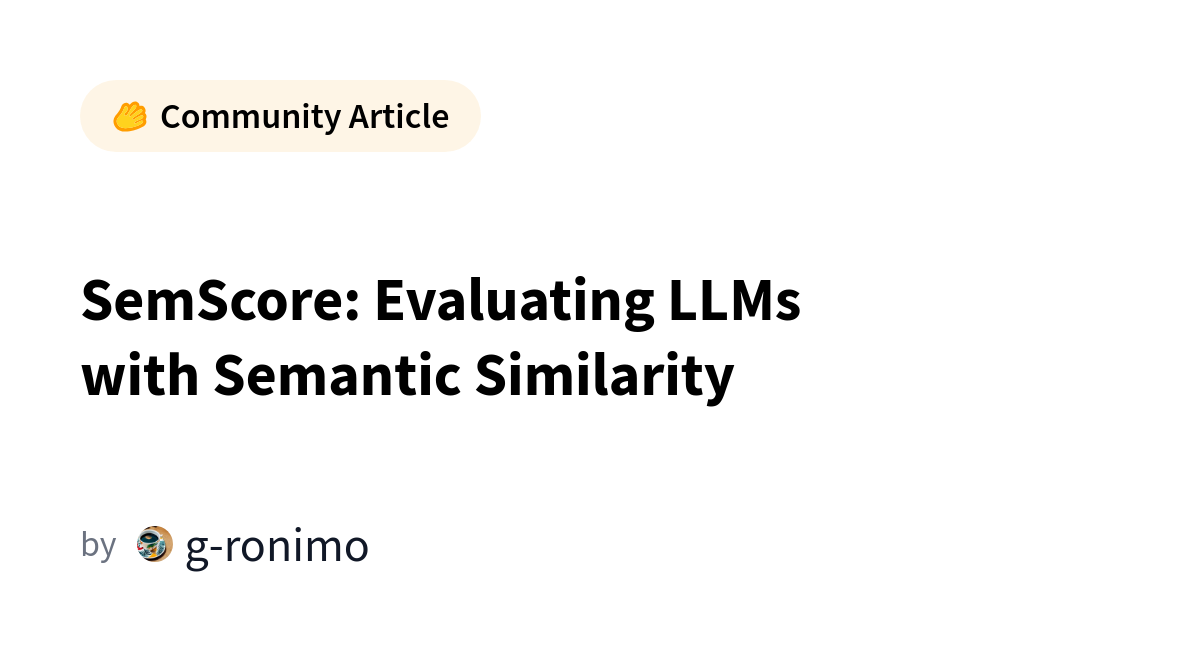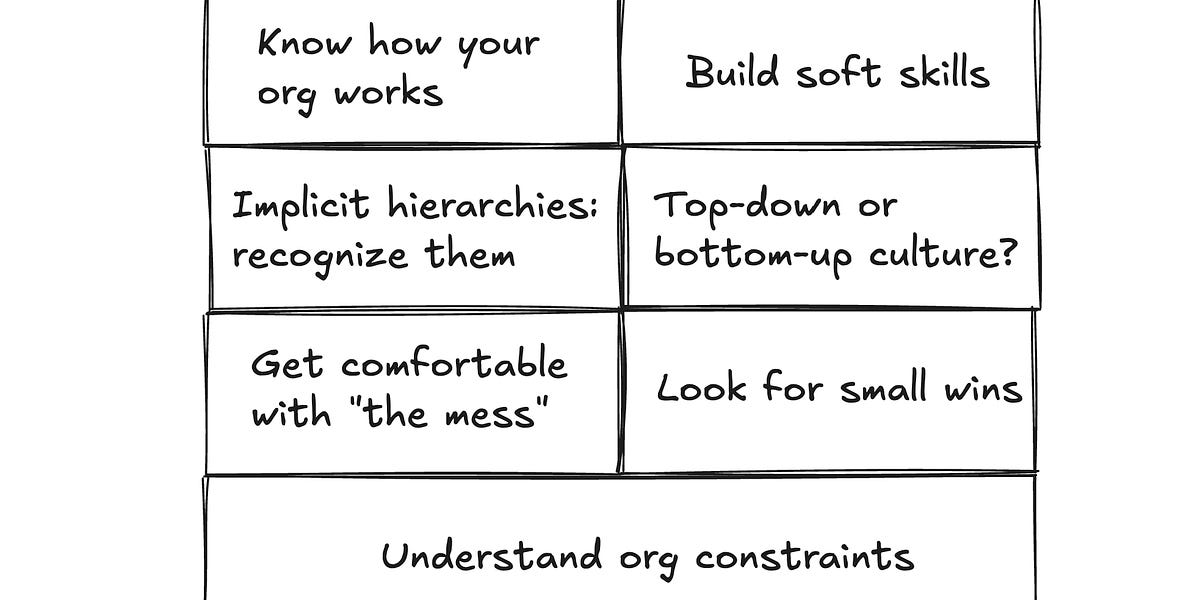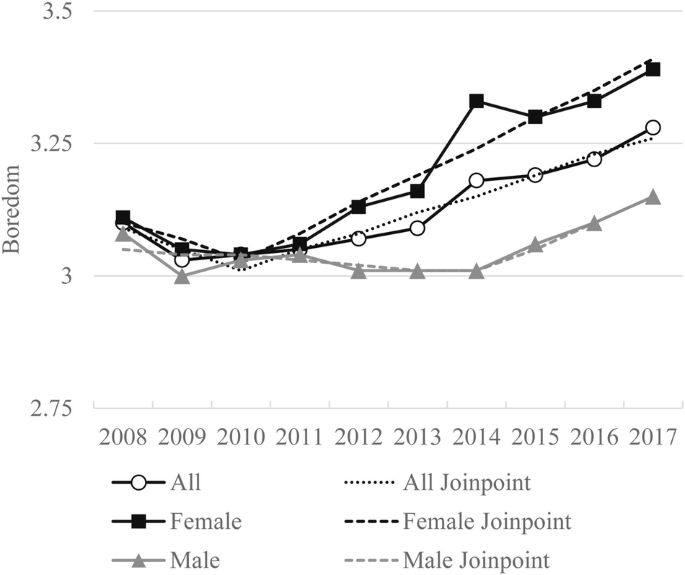The Future of Public Services:
The technologies underlying “Artificial intelligence” (AI) are constantly evolving, which necessitates some elasticity in its definition. For the purposes of this report, “AI” refers to machines behaving in ways that would be called intelligent if seen in a human. 1 In other words, these systems can learn, reason, and adapt, performing tasks that typically require human cognition. AI can encompass a wide range of capabilities, varying greatly depending on the context in which it is applied. From simple rule-based systems to complex machine learning models, AI can take many forms to meet the needs of different users.
Generative AI refers to a category of AI that can create new content, such as text, images, music, or other data, that is similar to what it was trained on. This is achieved using algorithms, often based on deep learning models, to generate new outputs that mimic the style or characteristics of the training data.
A Large Language Model (LLM) is a type of AI model designed to understand, generate, and manipulate human language at a sophisticated level. These models are trained on vast amounts of text data and use deep learning techniques to predict and generate text based on input prompts. For example, Meta’s Llama, Open AI’s GPT or Anthropic’s Claude.














